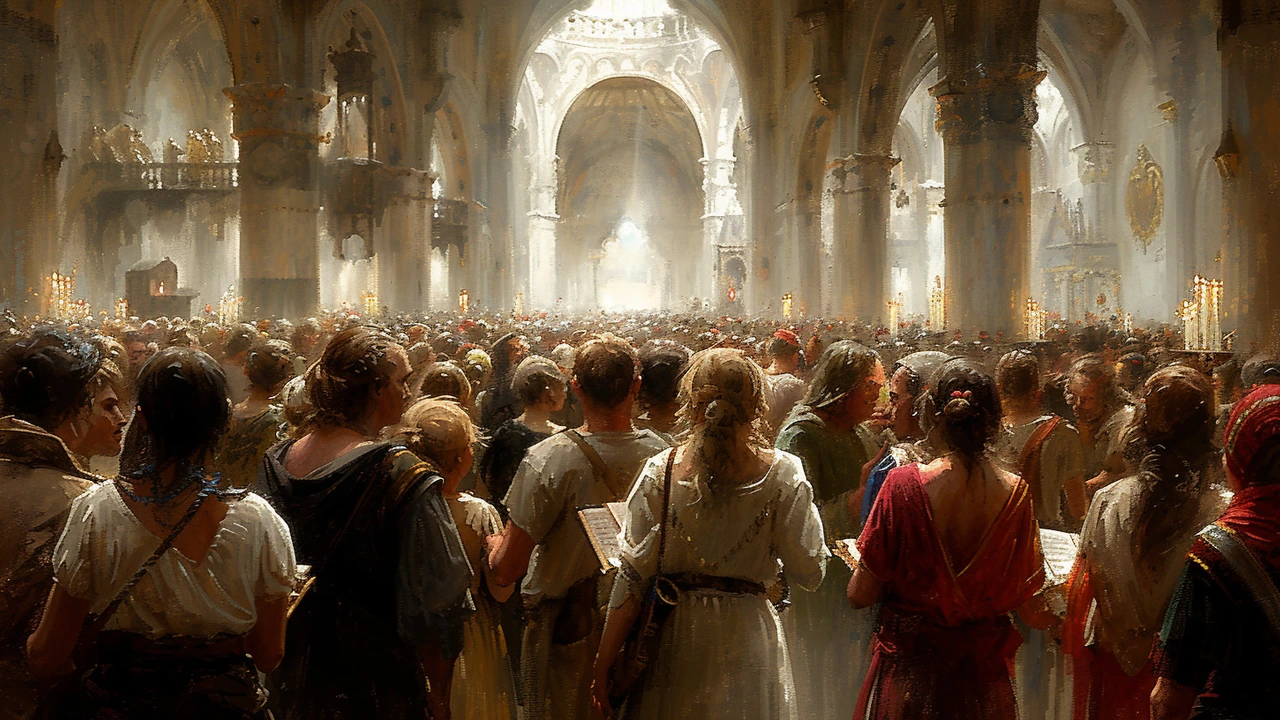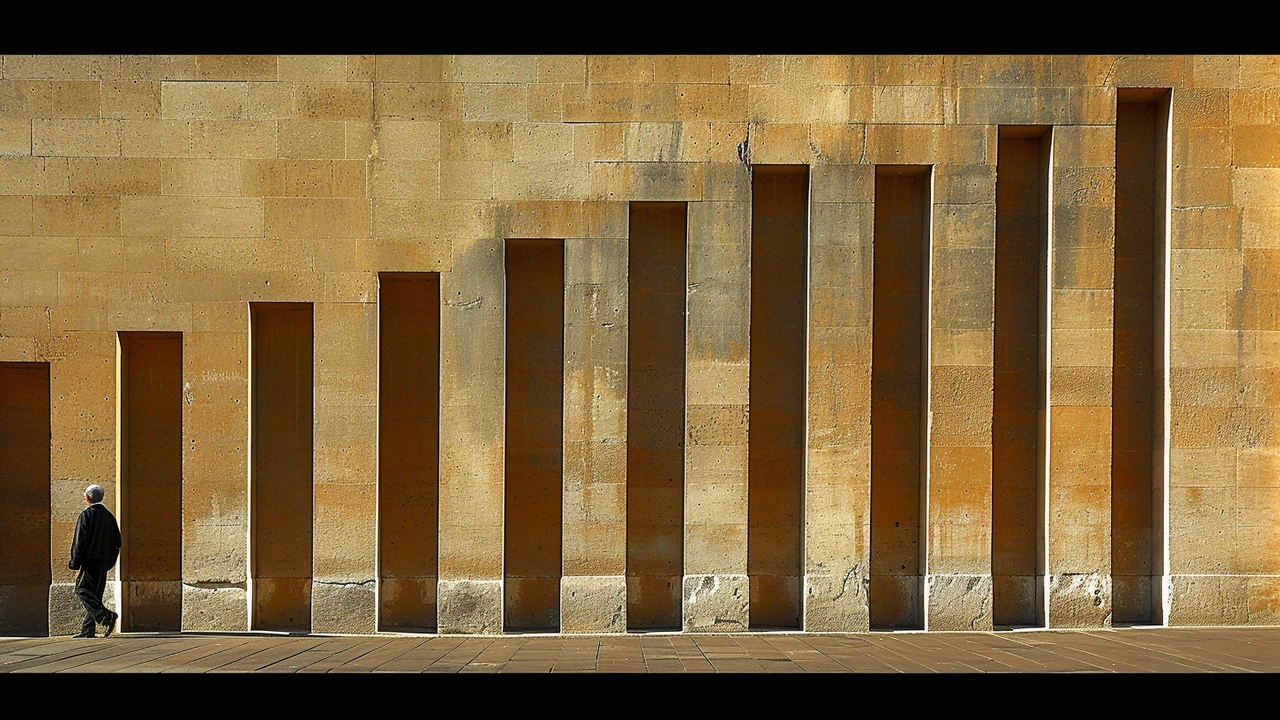Contemporary Design: Practical Guide to Today's Art & Interiors
Contemporary design isn't a single style. It's a mix of ideas that feel current right now. You see Bauhaus lines in a sofa, photorealism on a gallery wall, and land art ideas in a public plaza. The trick is knowing what to keep and what to mix so your space feels fresh, not confused.
First, decide what "current" means to you. Do you lean toward minimal, like Bauhaus and De Stijl, or bold and expressive, like Abstract Expressionism or Baroque revivals? Choose one main direction and one contrasting accent. For example, pair a simple modern couch with a bold installation piece or a large photorealistic print. That contrast keeps the room interesting.
Materials, Scale, and Color
Materials tell the biggest design story. Metal and glass nod to modernism and Bauhaus. Natural wood and rough stone bring warmth and reference land art or organic design. Think about scale: a tiny sculpture can get lost next to a wide sofa, but a big installation or oversized painting can anchor a room. For color, pick a base palette of two or three neutral tones, then add one or two saturated accents—maybe a red inspired by Constructivism or a blue that echoes De Stijl.
How to Layer Art and Objects
Start with function: choose furniture that works for daily life. Next layer in art and objects. Use one large statement piece rather than lots of small items. A single installation-style lamp or a framed photorealism print can be the room's focal point. Mix textures: smooth lacquer with rough woven textiles, glossy ceramics with matte paintings. If you collect from different movements, group items so each group tells a story—modernist furniture on one wall, avant-garde prints on another.
Lighting changes everything. Natural light highlights color and texture. Add directional lights for photos and installations, and softer ambient lights for cozy corners. Use track lighting to highlight gallery-style works and adjustable lamps for reading areas. Smart bulbs help shift the mood—cool for crisp, minimalist spaces; warm for expressive or Baroque touches.
Public and urban spaces follow similar rules. Land art and futurism inspire plazas and smart city features. Use durable materials, clear sightlines, and flexible layouts so spaces serve events and everyday life. Think about movement: place benches and artworks so people naturally flow through a space.
Source pieces smartly. Look for secondhand Bauhaus-era furniture, local makers doing modern crafts, or prints from emerging photorealism artists. Don't buy everything new. A thrifted chair and a quality print can feel better than pricier mass-marketed items. Check museum shops, artist fairs, and small galleries for one-of-a-kind finds that give your space character. Start small today.
Want to learn more? Read articles on Bauhaus design, installation art, photorealism, and futurism to see concrete examples and case studies. Try small experiments at home: swap a rug, hang one bold piece, or change lamp direction. Keep what works and remove what doesn't. Contemporary design is about choices that feel intentional and alive.


